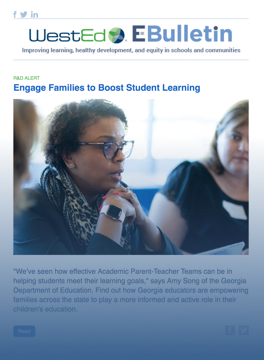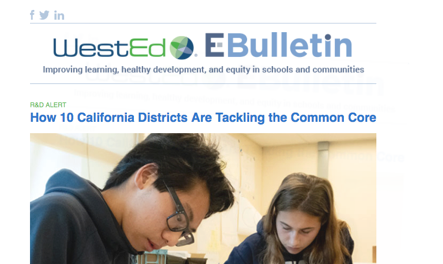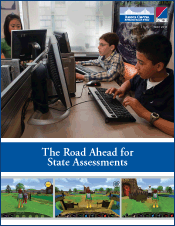Toward a “Common Definition of English Learner”: Guidance for States and State Assessment Consortia in Defining and Addressing Policy and Technical Issues and Options
Description
This paper responds to the U.S. Department of Education’s requirement for states participating in the four federally funded assessment consortia to establish a “common definition of English Learner.”
This includes the two Race to the Top academic assessment consortia and the two Enhanced Assessment Grant English language proficiency (ELP) assessment consortia.
Toward a “Common Definition of English Learner”: Guidance for States and State Assessment Consortia in Defining and Addressing Policy and Technical Issues and Options briefly outlines central issues for defining English learners using a four-stage framework of key criteria and processes to:
- Identify a student as a potential English learner
- Classify (confirm/disconfirm) a student as an English learner
- Establish an “English-language proficient” performance standard on the state/consortium ELP test against which to assess English learners’ English-language proficiency
- Reclassify a student to former-English learner status through the use of multiple exit criteria
This paper, cowritten by WestEd’s Robert Linquanti, expands on the similarly titled policy brief published in February 2013.
Formerly, Linquanti served as Project Director for English Learner Evaluation and Accountability Support and Senior Researcher for the California Comprehensive Center.
Resource Details
Product Information
Copyright: 2013Format: PDF
Pages: 36
Publisher: Council of Chief State School Officers
Stay Connected
Subscribe to the E-Bulletin and receive regular updates on research, free resources, solutions, and job postings from WestEd.
Your download will be available after you subscribe, or choose no thanks.







